One of the most bountiful wild fruits I know of, wild plums smell incredible, but take some skill to cook with. Read on and I'll tell you everything you need to know, with a few of my favorite wild plum recipes at the end.
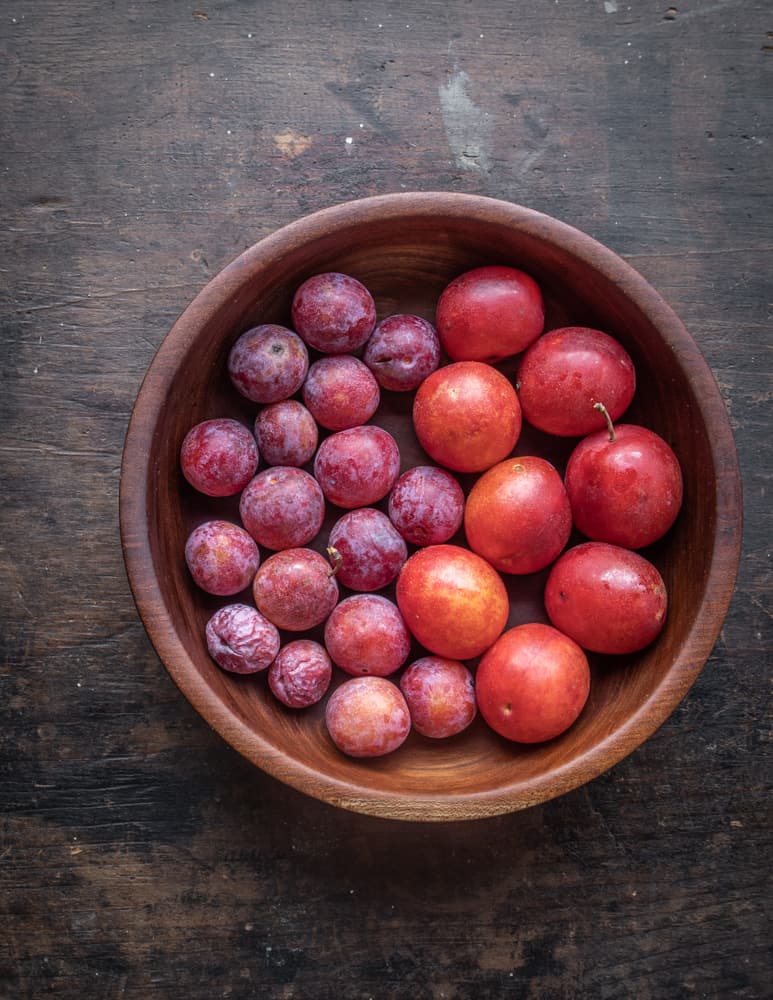
Along with crabapples, foraging wild plums is the best bang for your buck as far as volume goes, if you want an easy to harvest, delicious wild fruit. Don't get me wrong I pick berries too, but the sheer ease at which I can fill my basket with plums on a good year is shocking.
In the private orchard I often pick from, I have picked 100 lbs in a few hours, alone. Unlike other high-volume harvests like wild apples, their flavor of wild plums is dependable and you know what you're getting: no danger of mealy textures here, just pure, tart-sweet plum flavor that you can do all kinds of things with.
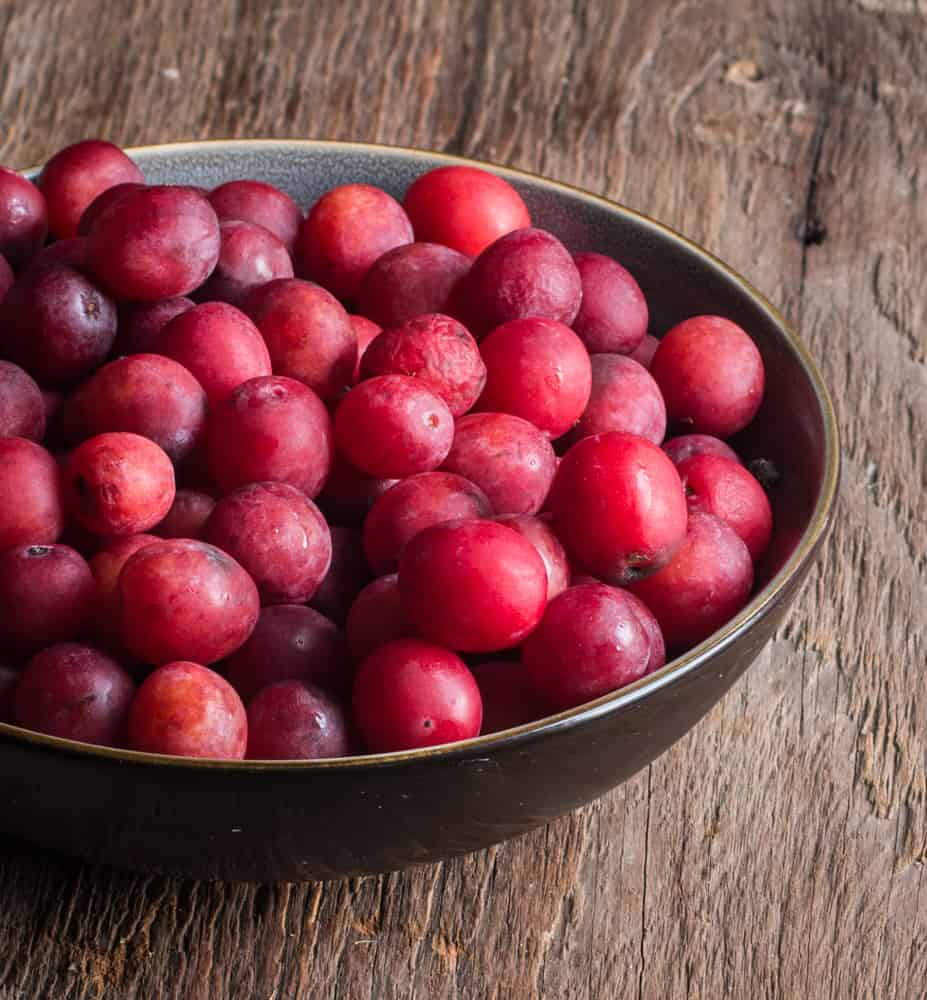
For this post, I'm speaking specifically about Prunus americana as they're the most widely available in my area, and are what I have the most experience with.
Species
Prunus americana
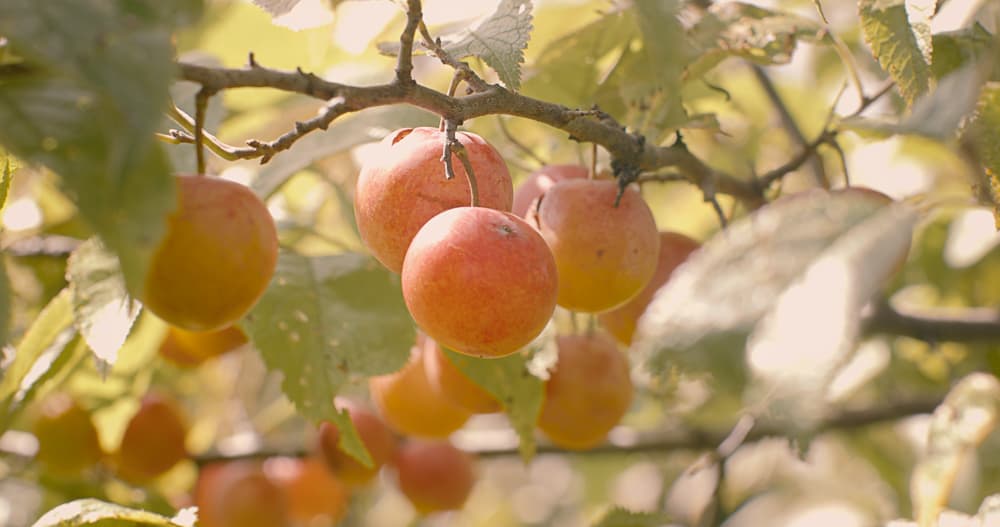
Prunus nigra
The Canadian plum is also here and there in the Midwest, but differs from P. americana in that the leaves are larger, have blunt teeth, and is dependably all-red. I have yet to find them in the wild, but they're there.
Harvesting
The only real trick to harvesting is finding yourself a wild plum tree and remembering to get to it at the right point in the season. Where I live in Minnesota, this is usually around mid-late August, depending on how sunny the spot is. When the plums get ripe, they go fast, and animals or even a strong wind can strip a tree overnight.
As far as physically picking them from the tree too, I have a great tip for you. Putting a mushroom harvesting backpack on backwards, or some other container, putting your arms through the straps. This means that you have both hands free to harvest, which means you can pick twice the amount of fruit in the same time, more or less.
If you have a plum tree on your property, an even easier way to harvest is to clean up the area around the tree, and put down a tarp, then shake the tree. The same method also works great for groundcherry bushes.
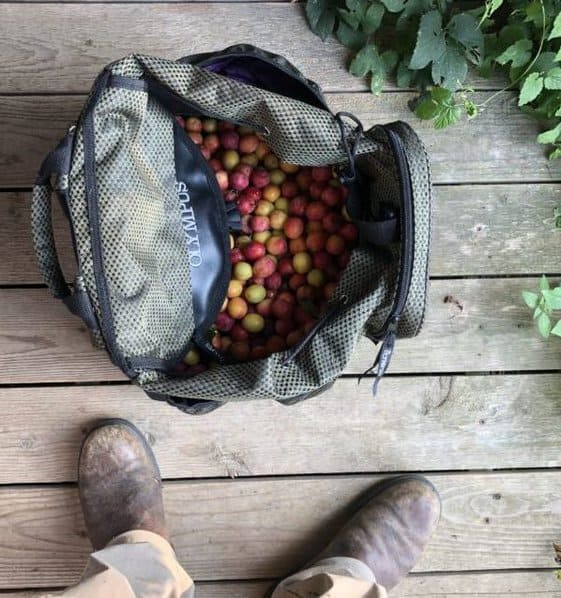
Ripeness
The difference between a perfectly ripe, sweet plum, an astringent, sour plum, and a fermented, past-prime fizzy plum can be a couple days, and at first it was maddening to me, I just couldn't figure out how to get the plums I picked to taste good.
Part of the difficulty of getting ripe plums is that the color may not necessarily indicate ripeness, and wild plums often ripen at uneven times on the same tree, and even the same branch, unlike their domesticated cousins.
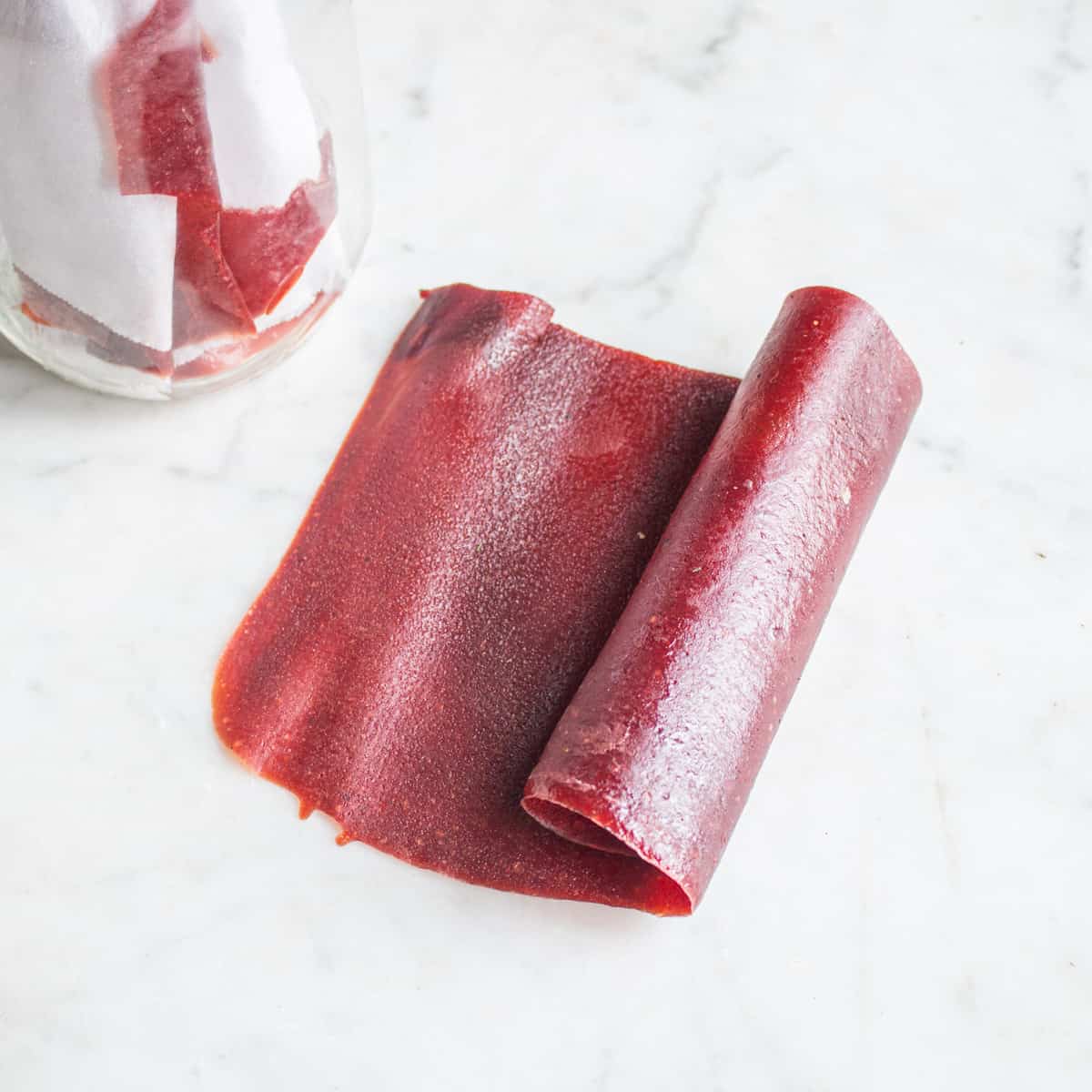
What was even more frustrating was when I gave the plums more time on the tree to ripen, I continually came back too late and found brown, fizzy plums, or ones that turned to mush in my bag. Eventually I figured out a way I like to harvest them.
Here's the secret, as I see it. If the plums look relatively ripe and pink, and remove easily from the branches, you're good. It's better to pick them a little under than a little over, since they'll be more forgiving.
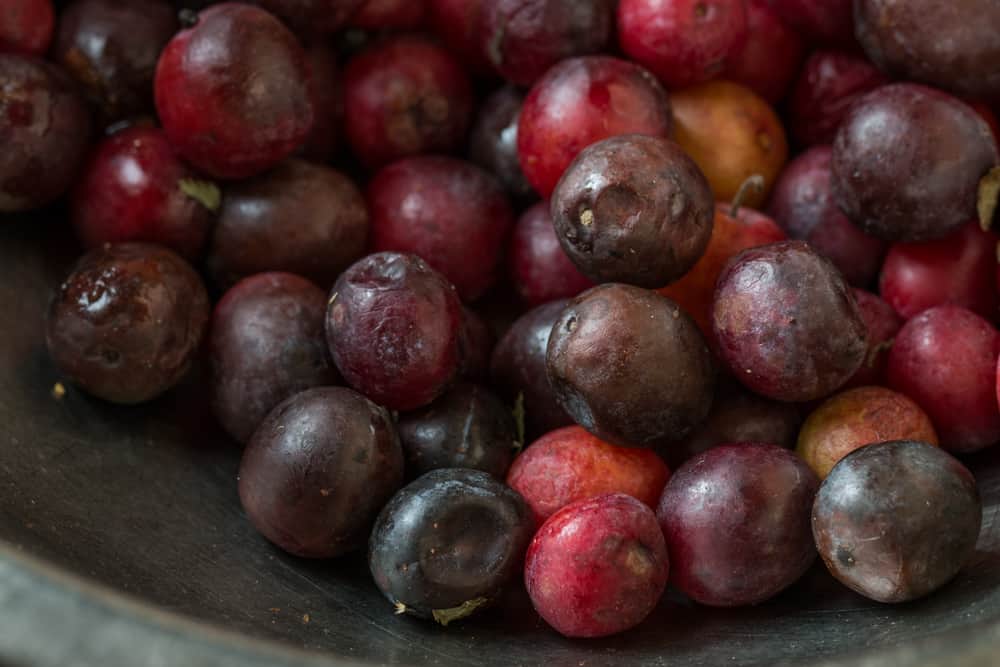
The tried and true paper bag method
After you pick your plums, bring them home, and put them in a paper bag on the counter in a room that's not too hot.
Every day, or as much as you can, pick through the plums as the change color (they seem to synchronize their ripening a bit when held together). Put the very ripe plums in the fridge to halt their progress, and leave any that are still yellow-ish in the bag to continue ripening. It's all about time, and allowing the plums to ripen naturally.
Cultivated plums are very forgiving, they're really just ripe, or not, wild plums, and their tough skin are much more fussy to deal with, for the best results you really them all perfectly ripe.
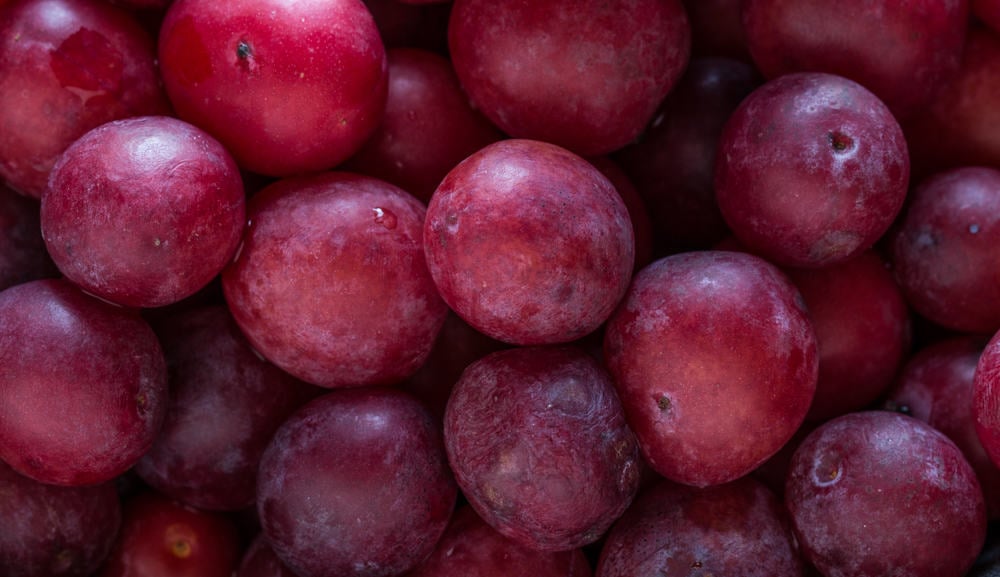
Cooking
It took me a couple years of experimenting to figure out methods I liked to deal with the tough, tannic skin of Prunus americana. But, since you can harvest so many plums, so quickly, Part of me was determined to figure out a way to use the entire plum, and bypass the astringency of the skins through cooking prowess. Do not die on that hill.
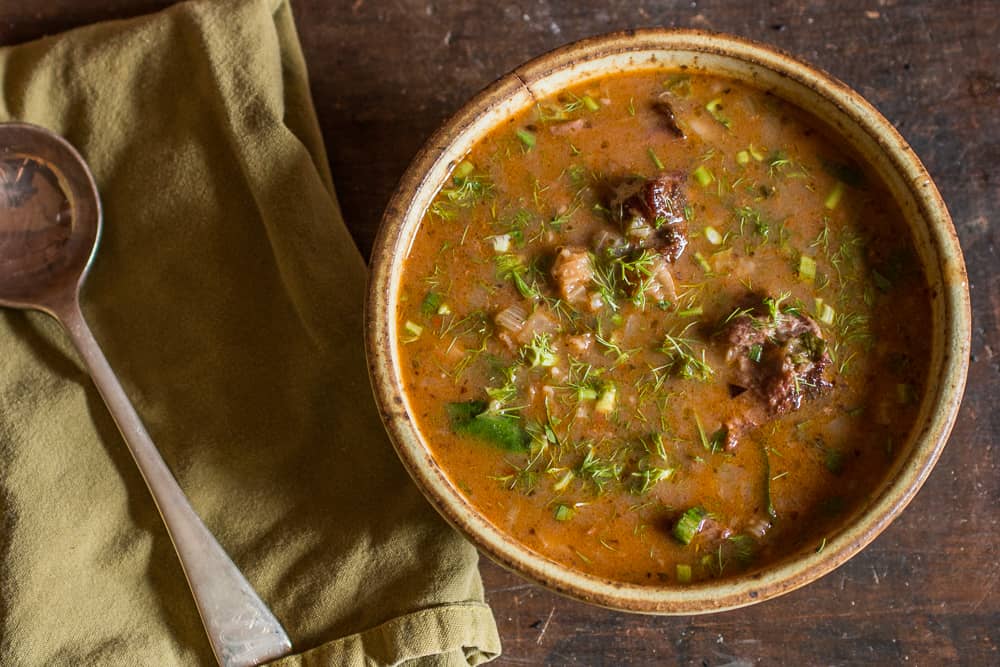
In short, wild plum skins do not care for your culinary technique, and they will fight you until the bitter end--no amount of sugar or seasoning can hide their presence, and time will only slightly curb their bite. I do have a couple recipes that use the skin (can them in syrup or candying is great).
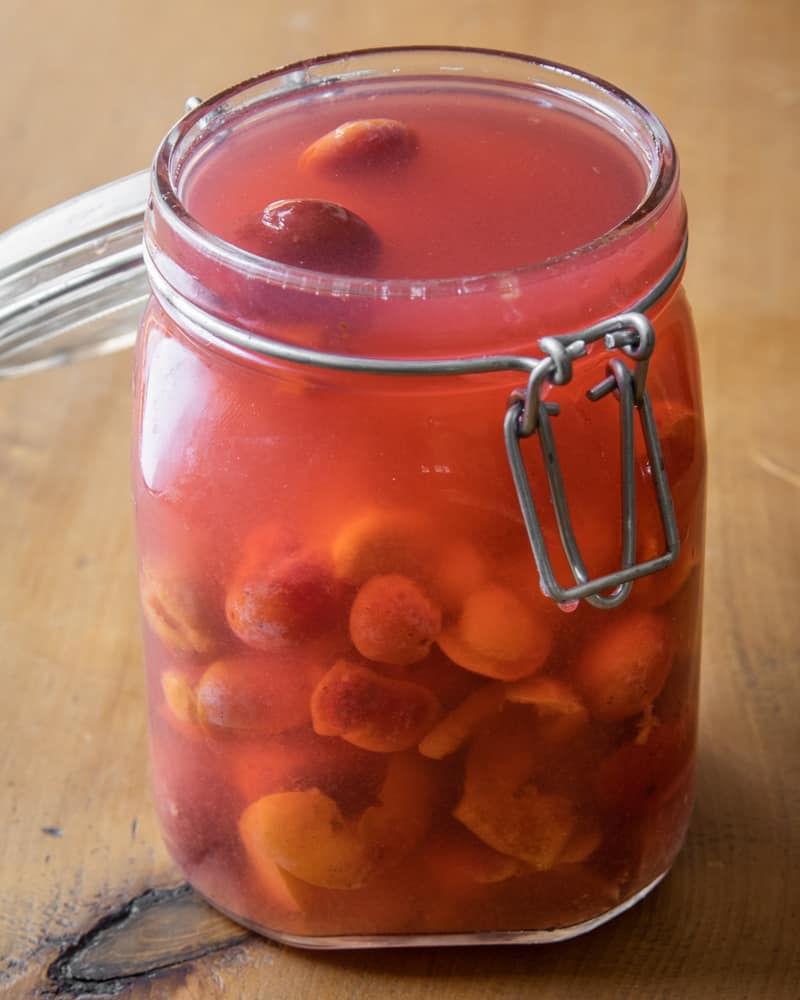
Avoiding the tannins
The most difficult part. After years of working with them, now, I freeze them, thaw, and mash the pulp out, not cooking at all to avoid releasing the tannins from the skin which are very water soluble, or cook the plums whole by baking them in the oven to heat them, the heat loosening the flesh and preventing the skin from transferring tannins to the pulp as happens with boiling.
Afterword, with either raw or cooked wild plums, I mash the plums through a colander that collects both the skins and pits at the same time, a process I learned from watching Eastern European You Tube, or use a Squeezo or similar food mill with a large opening to accommodate the stones. Afterword, the plum puree is used and the skins composted, dried, or used to make vinegar.
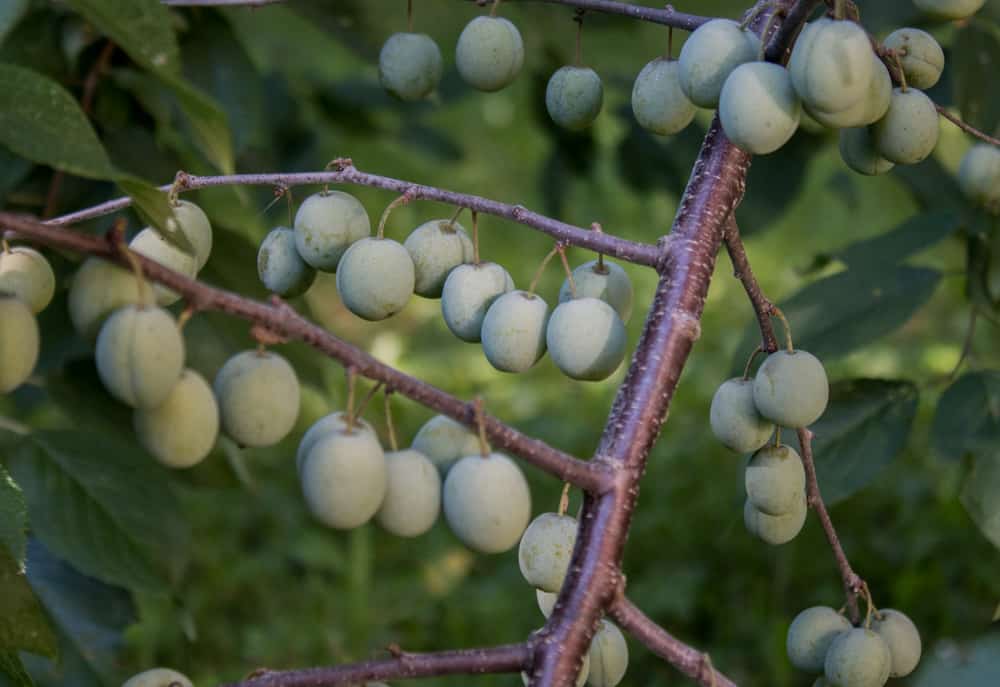
There's no plums on my tree this year!
Another frustrating part: sometimes your patches will give you 1000 plums, the next year, 2 plums. According to Sam Thayer, this has to do with the temperature during the blossoming part of the year.
The best thing to do is to check your patches after the blossoms have come and gone, and check for young growing plums, which look a little like green apples or nuts. See the picture above.
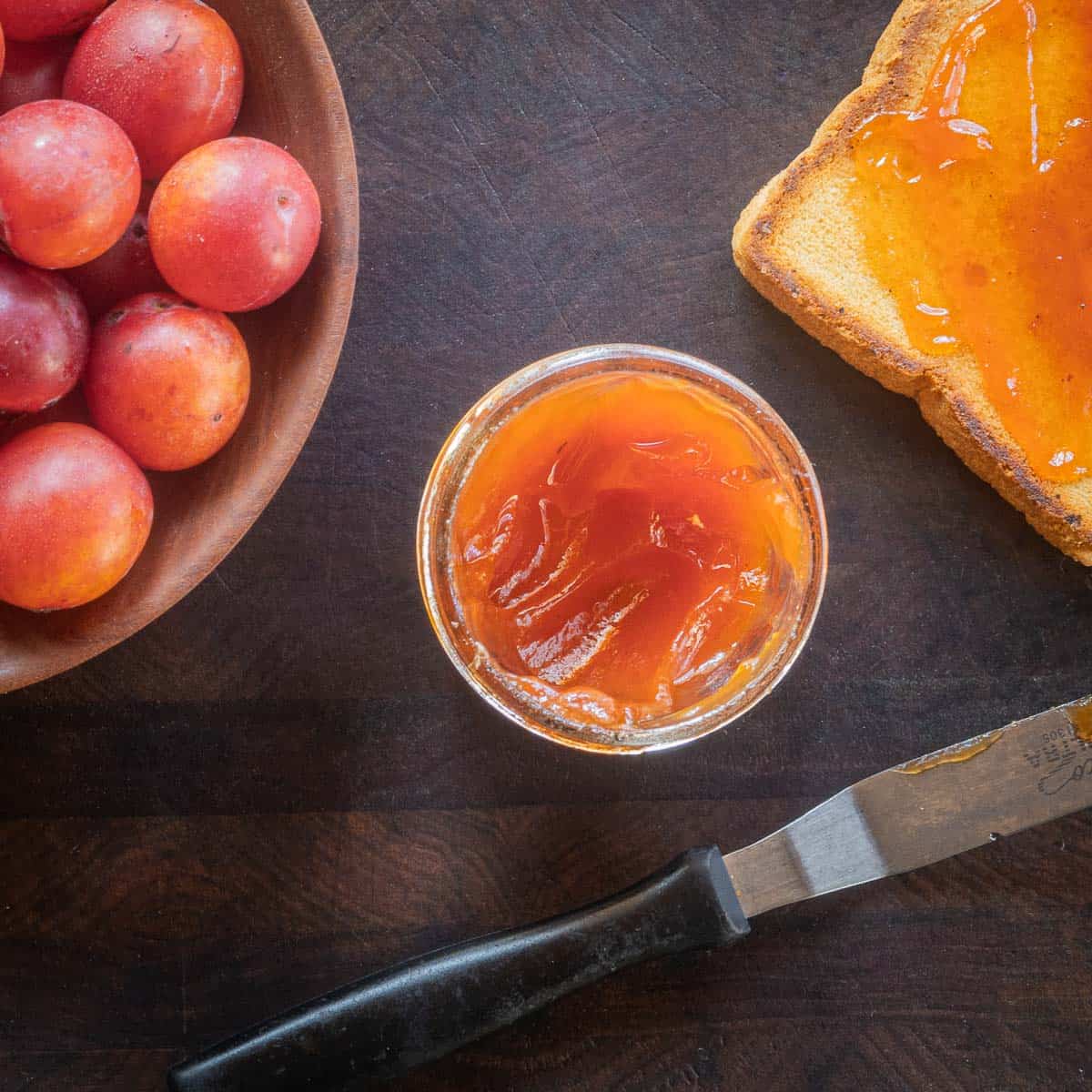
Unripe/Green Plums
There's a few savory sauces that utilize unripe plums, at the top of the pile is Georgian Tkemali (tee-guh-molly) sauce. There's some sources for ordering online, and the stuff is really good.
Unfortunately, I haven't had success making sauces with my unripe wild plums. If you've found a use for them that doesn't taste tannic and shitty, let me know!
Variation
All wild plum trees are not created equal. When you find a few plum trees, make a note of the size of the plums on the trees. I have seen extreme variation in fruits from trees of the same species, some of the wild ones nearly equaling the size of cultivated damson plums. Get excited when you find some trees, but make sure to keep your eyes peeled for that one tree sporting honkers--they're out there!
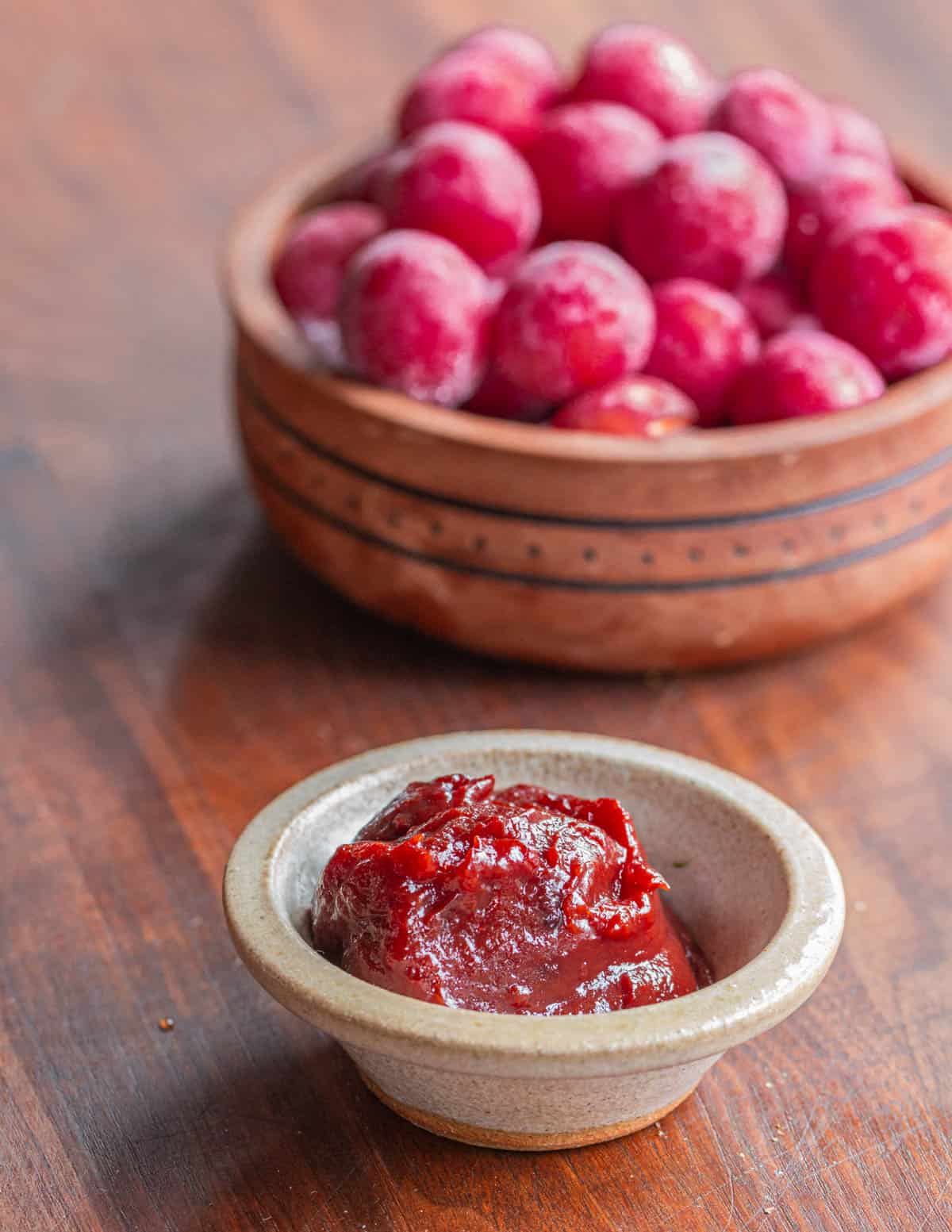

Travis Grimler
I tried something this year that made three tasty treats.
Cheong: this is the primary product. I halved the plums and tossed them into a jar with equal weight of sugar.
Skins: once the syrup was finished I ended up with a lot of skins. I dehydrated them and the tannic nature was really not bad at all. About as pleasant as craisins I dare say.
Sugar: my sugar did not completely dissolve. I ended up with enough to make slightly fruity rock candy.
Alan Bergo
Yes my friend Linda Black Elk loves to make this. I do the same thing with unripe pine cones and spruce tips, which are more of a Northern Italian / Eastern Europe Thing. I also do one with unripe green black walnuts that's so good I know a few people selling it like maple syrup at farmers markets now. If you want the sugar to dissolve you need to heat it. I would also add a splash of water or you could also use a few spoonfuls of organic corn syrup to prevent it from crystalizing when it's chilled.
Christine
How long in the oven? And at what temperature? Thanks!!
Alan Bergo
Thanks for reminding me to update that. It’s listed in my post on wild plum jam. There will be variation depending on the size of your plums. Generally 300F until they’re barely warm, about 10 min, with the plums on a single layer is good. When in doubt less time is better. And don’t mash them warm.
Josie
Have you ever canned just the fruit after removing the skins and pits? I can find a lot of recipes for jam, but I’d rather make more of a syrup or apples sauce situation for versatility.
Alan Bergo
Skinning Prunus americana and canning is not possible, sorry. It will be pulp, which isn't necessarily bad.
K'iya
For the first time ever, the plums were ripe in May! A terrible silver-thaw in January almost took the tree over, but we propped it up. I froze them and followed your advice above, but they look like a terrible brown olive right now- brown brown brown. This is a sacred tree to my people in Klamath- but I can't image eating brown jam. what happened?
Alan Bergo
The flesh isn't brown, and mine have never discolored from freezing. Mash them and extract the pulp it should be nice and yellow. I don't know if you're talking about Prunus americana here as it's....impossible for them to ripen in May to my knowledge. I'm thinking you may have harvested fruit from last year? I'm thinking you're on the West Coast, which isn't my specialty. I recommend asking my friend Hank Shaw over at Hunter Angler Gardner Cook.
Sherri
Hi Alan- we recently moved to Missouri and have been avidly foraging anything we can find, and we found a lot! This article on wild plums is so exciting. Wondering if you've tried or had any success with a quick blistering of the skins with a torch?
Alan Bergo
Hi Sherri, no I haven't.
Ed
They are referring to the Klamath plum, Prunus subcordata.
Alan Bergo
Thanks for commenting.
Mai
Thanks for all the information, I have this wild plum tree planted in my backyard. Will try some recipes here in the fall.
-Mai
Alan Bergo
Thanks Mai. I'm here if you have any questions.
Lisa Volpel
We also make "umeboshi". I have foraged wild plums since I was a small child in our area. The plums are usually yellow, but some are red. The yellow ones have been identified as Feral Shiro plums, so we call this "feral shiro boshi" Under-ripe fruit, starting to color up and taste like plums. 10% salt to fruit weight. Place fruit and salt in a new clean gallon ziplock bag, massage well. Place bag on a rimmed tray. Place a second rimmed tray with a half filled 5 gallon bucket of water for weight. Check and massage every day, until you get enough brine to repack in your container of choice. Add shiso at this point. Ferment for about a month. I then drain the plums, and dry them in the sun for about 3 days. Pack the plums with or without the liquid. These are so much better than any commercial umeboshi I have tasted, with the flavor of nice alcohol and lacto ferment. Same size and look of commercial umeboshi, for just the cost of the salt.
Alan Bergo
Hi Lisa, I'm glad to hear the umeboshi technique works on those plums. Unfortunately, it does not work very well with Prunus americana or Prunus nigra.
Tony
I have 9 pounds of wild plums in my freezer right now, waiting for October when I'll have time to make them into Jam, and maybe some fruit leather.
I'm intrigued by your process for reducing the astringency, and I can't wait to try it. It also makes me wonder if that same process might improve other astringent Prunus species, such as chokecherries. Do you have any thoughts on that? Thanks.
Alan Bergo
No that won't work with chokecherries as they have to be cooked with water.
Mirja
I found a pretty fun way to use the skins without having their tannins be overpowering. Make sherbet! You get a strong fruit flavor with just enough creaminess to tame the tannins. The cold temps help as well. I used a ratio of 75/25 skin on/skin off plums and 30% of the total weight of the recipe being oat milk, plums end up being 75% . Blend the plums in a Vitamix for 2-3 minutes then pass it through a tamis or mesh strainer. Combine with your milk and cook until you lose the weight of the milk in the puree, thereby entirely replacing the water in your puree with milk. I let it cool and then blended it with my sugar, salt and stabilizer mix, along with 12g of coconut oil, orange blossom water, and some Tahitian vanilla. Total fat content ends up being around 2.5%.
Alan Bergo
This is interesting but it’s so easy to extract a purée of plums I’d skip it personally.
Mirja
Oh sure! I enjoy the taste of the skins but it can be a bit much at times.
Shirleen Holt
Wild plum jam is my favorite because of its tartness. I'm hoping someone here, however, can solve a mystery. (I've also posted this question on another blog.)
I moved into a house with a young wild plum tree with yellow fruit that for the first time yielded enough fruit to make jam. I used a favorite recipe: 5 lbs fruit, 5 lbs sugar, 1 box pectin, lemon juice. I've used that recipe many times with wild plums (both yellow and red) from other trees and the batches have always turned out perfectly.
The cooking process was normal and the jam looked good.
Then things got weird. When I opened a jar for breakfast, the jam immediately began turning into an opaque paste the consistency of chilled butter. Within an hour, that hard white goop took up the entire jar. The same thing happened with every jar after. The reaction from air exposure took place so fast I had to quickly to scoop each jar's contents into the garbage before it hardened.
I have never seen this happen. Do you know what would cause this?
Alan Bergo
That's really strange. I've never heard of that. Did you use P. americana?
Jonathan Yagla
Also, steam juicing the plums is a great way to process them when you have lots! Throw ripe plums in the steam juicer with with skins and pits. 3 gallons of plums can yield up to 7 qts of juice! If you mash the fruit as it steams your juice will have more pulp and will be more sour. I collect a the first quarts with out any mashing to get some clean and less sour juice then I start mashing down for the last quarts to get as much out of it as I can.
Jonathan Yagla
Thanks for the tips! I use unripe wild plums with the skins and pits to make a north american style umeboshi. I follow a recipe from Sandor Katz' book "The Art of Fermentation". This recipe leaves the finished product too salty compared to the traditional japanese umeboshi so I have been cutting the salt in half. The basics of this recipe involves salting unripe plums (you want a little yellow color in them so you know they are getting near ripeness) and red shiso and allowing it to ferment for a year. There are a few interesting steps in the process such as drianing the liquid and sun drying for a few days and then repacking in the brine. The finished product is an excellent sour, salt, umame flavored plum and shiso leaves. When they are too salty I have dried and powdered them to use as a seasoning and it is excellent.
Stephen
We made a recipe from the NY Times (Roast chicken with Plums) using wild plumes and garden herbs - and it was perfection. https://cooking.nytimes.com/recipes/1021408-sheet-pan-chicken-with-roasted-plums-and-onions?ds_c=71700000052595478&gclid=Cj0KCQjwqrb7BRDlARIsACwGad4v-UcjXJ3rvDL8l7-KBrtQS_RTHL5zITwONUMWAndJCzL9U73DiqsaAthjEALw_wcB&gclsrc=aw.ds
Alan Bergo
Did you use P. americana?
Jacky
Could you link to a post or video describing, with more detail, how to remove the skins? Both the freezer and roasting method sound easy enough, but how much time in the oven and what temperature? How long in the freezer? Over night until solid and do you pinch off the skin after they thaw a bit or mash them whole through a colander? Would a tamis work well if I don't have a food mill?
So for so many questions! I'm so curious! And I am looking forward to trying your candied sweet/sour plum recipe as well. The flesh of our plum trees are good (we have a few different varieties growing around the property) but the tannins in the skins are impossible for me to get past. Your post is the only I've found so far for removing the skin.
Thanks for this great info!
Alan Bergo
Hi Jacky, as far as the plums: freeze them until solid, then thaw and mash through a collander. To roast them, roast in a moderate oven until they're hot, then cool and mash through a collander. It's as simple as it sounds. Try it and you'll figure it out. If you want to see a video, search you tube for Tkemali recipes and you'll find what you're looking for.